Interreligiousness on the Island of Mozambique – Educating by example
After the first birth, the second follows, which takes place with civil registration. A name, a day, a month, a year, a father and a mother, all engraved on a paper as if it were the confirmation of existence. The name is Háfiz Jamú. The day, the month, the year, the name of the father and mother were there. But the illiterate mother could not leave her signature, which prevented the official registration. The literate, practicing Muslim father thought about asking two friends – a Catholic priest and a Hindu leader – to help them stand as witnesses. And so was the second birth of Háfiz, son of Muslims and “sponsored” by a Catholic and a Hindu, an interfaith birth that continues to reverberate so many years later.
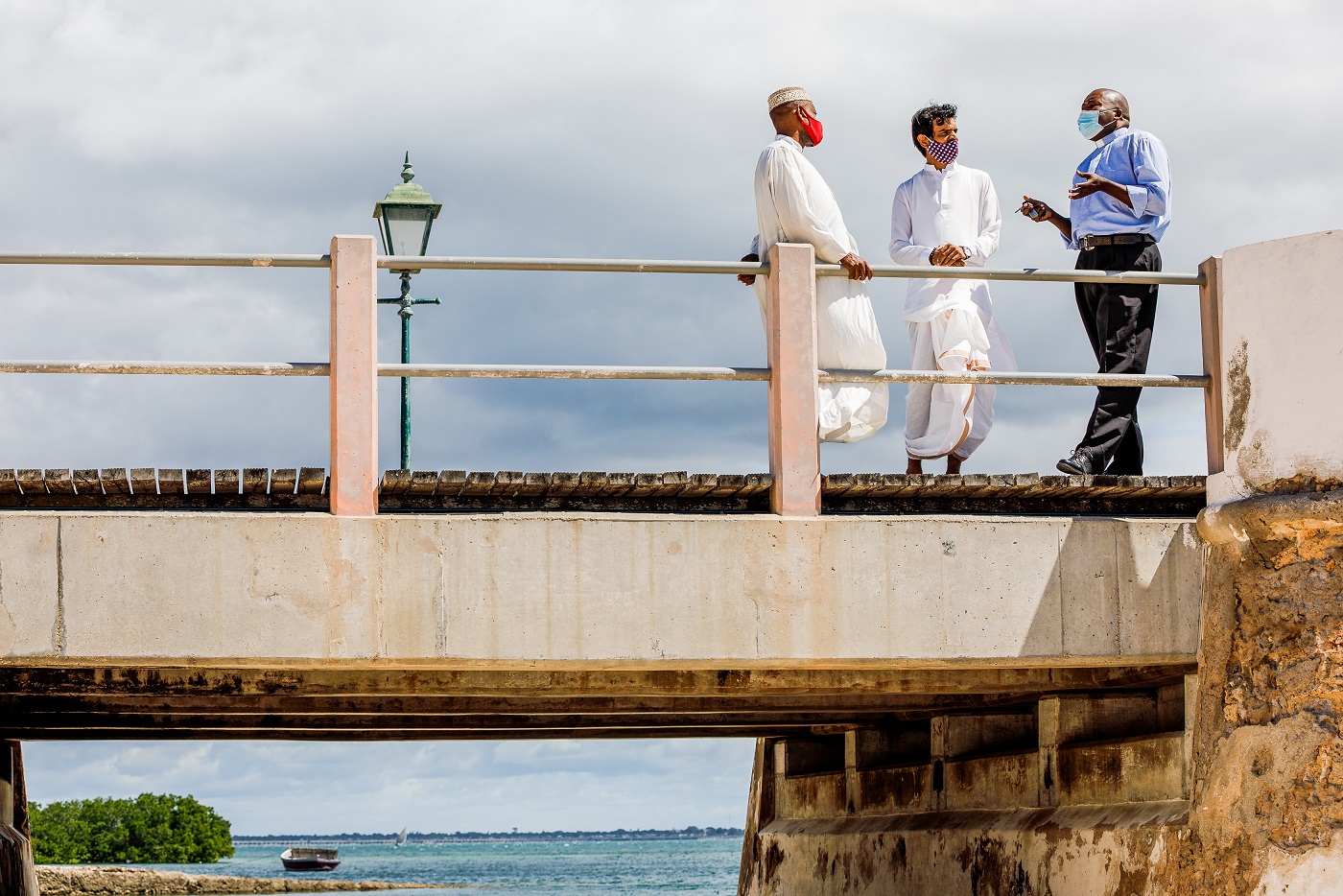
Háfiz, Adérito and Parth materialise this commonplace on the Island of Mozambique, interreligiousness.
Jamú, a sheikh from the Qadiryya Baghdad brotherhood, is walking along the alleys steeped in history on the Island of Mozambique, with a priest and a Hindu leader. The Catholic is Adérito Emílio Pedro and the Hindu is Parth Josh. The three materialise this commonplace on the Island of Mozambique, interreligiousness. The clothes they wear, which immediately set them apart, are not an iron curtain between them. If the contemporary world marked by extremism tends to place each religion as an island, interreligiousness on the Island is always this kind of bridge or an arm stretched out towards the other. “Hafiz is my brother. Parth is my brother. We are all brothers” – Adérito.
The religion they profess is a shortcut to something bigger they share: making the world a better place to live. And in a space like the Island, with 97% of the inhabitants professing the Islamic religion and another 3% other religions, including Catholics, Hindus and Evangelicals, their example becomes even more important. “It is necessary for people to realise that, although Muslims are the vast majority, there are other religions, which must be respected” – Háfiz.
Here, walking together is an example, especially for children, who are now beginning to understand the world, within the bubbles that family beliefs involve, but who, seeing them on a daily basis, learn that the other is an extension of ourselves. “Although we don’t have a large Hindu community here, coexistence with other religions is healthy” – Parth.
Belief in them is not a dogma, it is a path to reach the same destination where they embrace again.
Issue 71 Jan/Feb | Download.



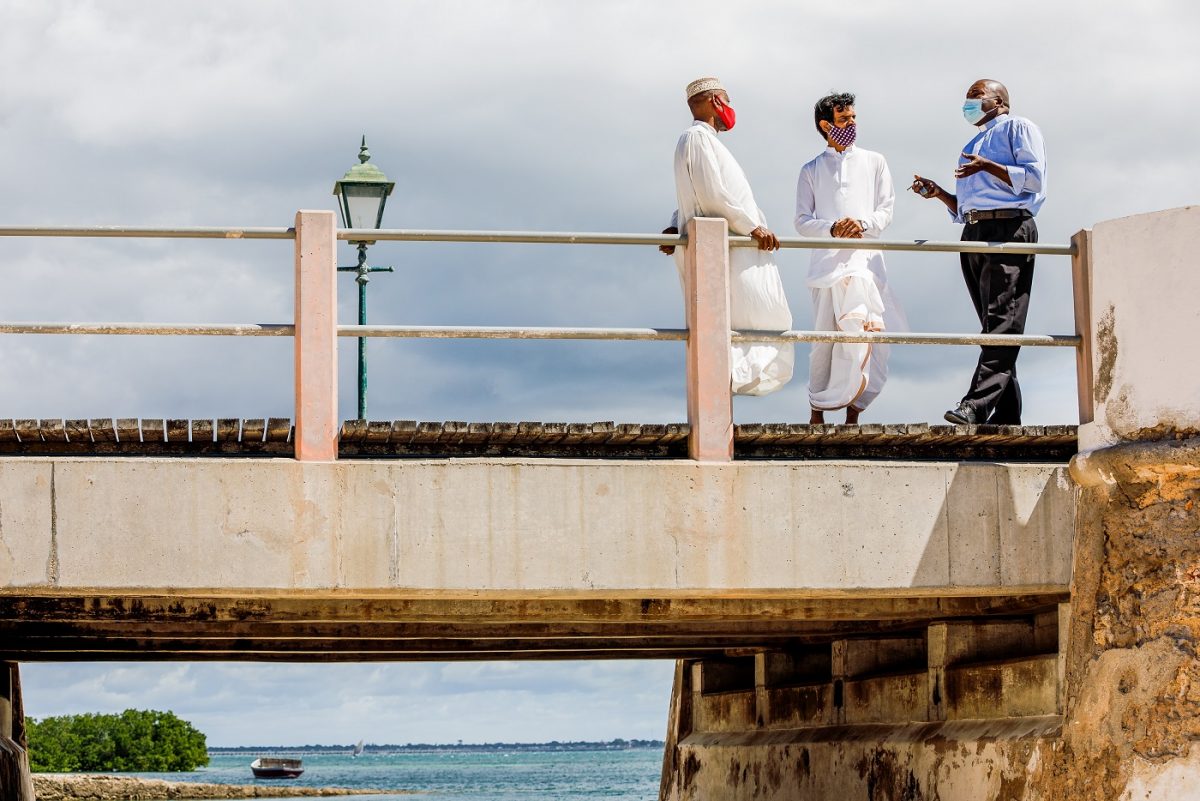



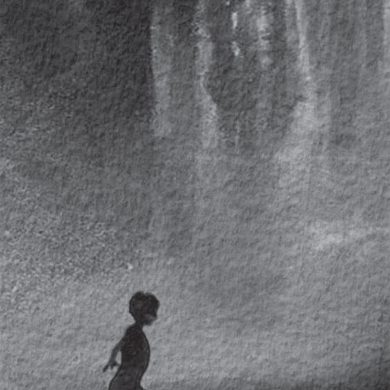


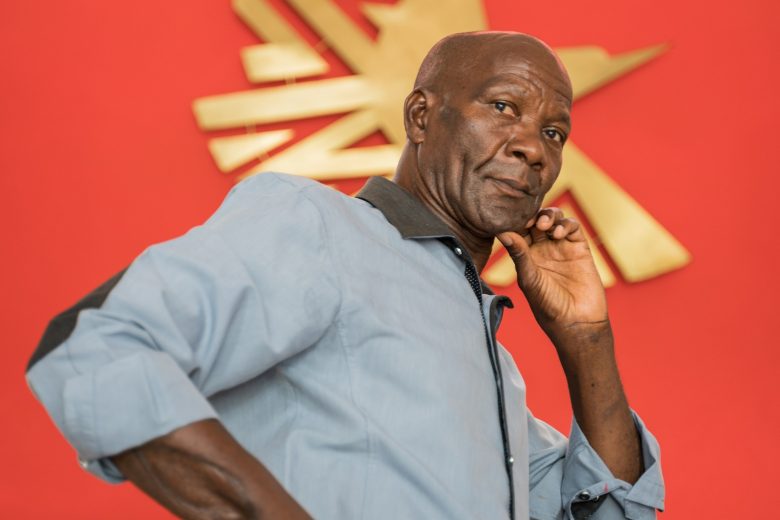

















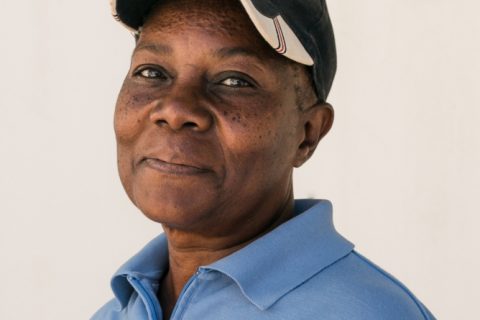
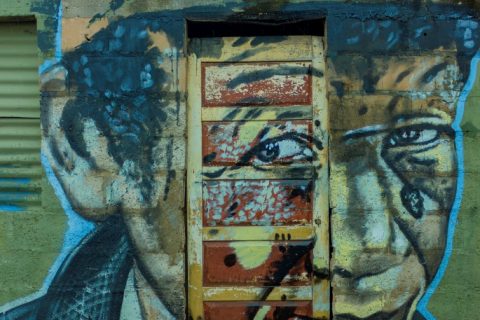






0 Comments